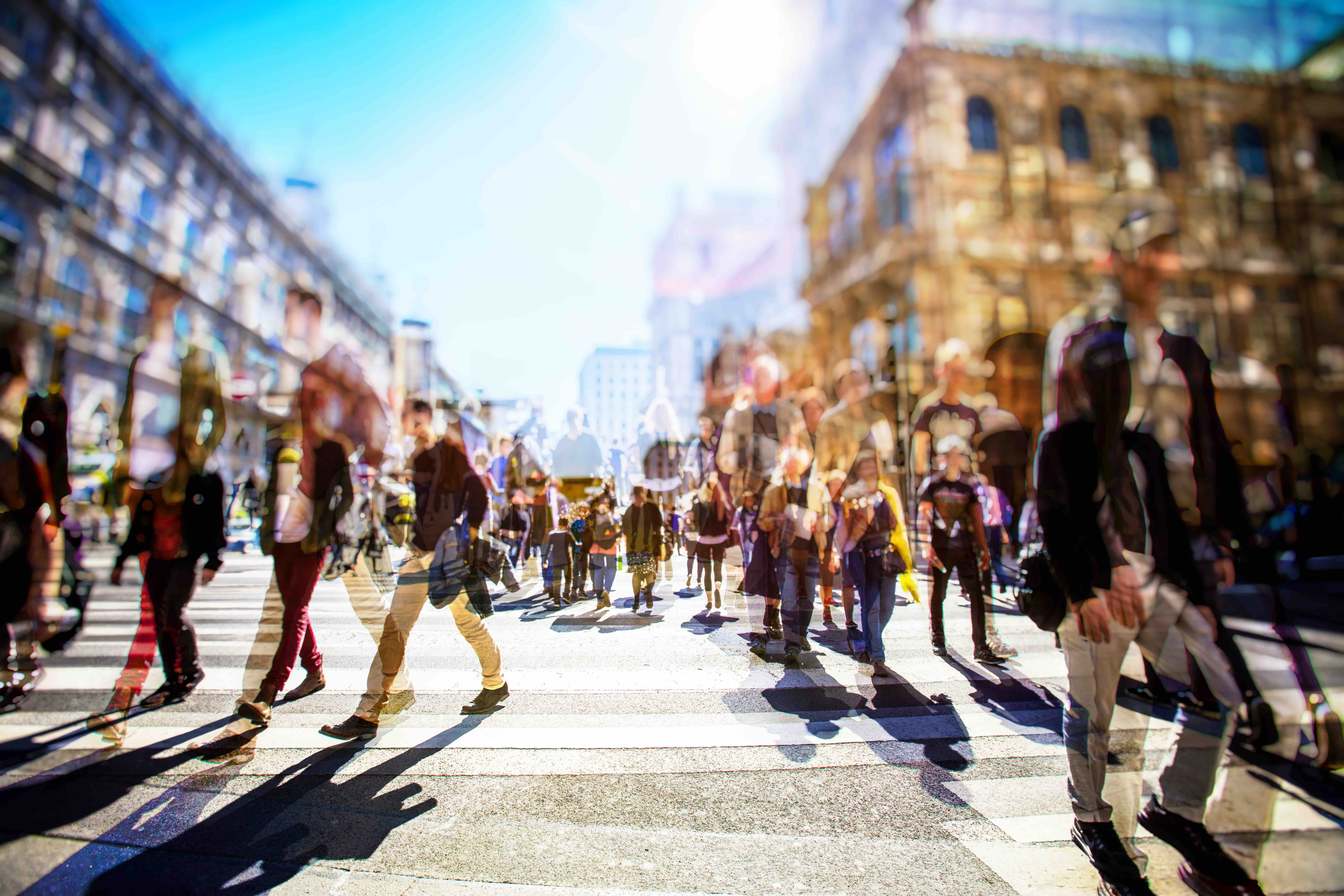March 29, 2021
 We’ve written about what makes cities livable and what people are looking for in a city. There are various urban planning approaches that put and keep people at the forefront. Designing a city so it is people oriented brings in two subjects we’ve covered, transit-oriented development (TOD) and designing public spaces to make them more bikeable, walkable and encourage community (also known as placemaking). Below we take a closer look at some of the factors that make up people-oriented urban design.
We’ve written about what makes cities livable and what people are looking for in a city. There are various urban planning approaches that put and keep people at the forefront. Designing a city so it is people oriented brings in two subjects we’ve covered, transit-oriented development (TOD) and designing public spaces to make them more bikeable, walkable and encourage community (also known as placemaking). Below we take a closer look at some of the factors that make up people-oriented urban design.
The Problem with Car-Centric Cities
Many cities have been designed or have grown organically to be “car-centric”, meaning they are centered around automobile uses and connectivity. Examples of this can include, large urban blocks, unsafe conditions for bicycling and walking, an emphasis on building roads and highways to make it easier to get into the city, little access or connection to or between public transportation, and few public spaces. Primarily promoting the use of cars can make a city less liveable, adding to traffic congestion, and air pollution – among other problems.
Transit-oriented Development
Transit-oriented development is a type of urban planning that creates compact, pedestrian-oriented, mixed-use (commercial and residential) communities within walking distance of high quality public transit systems. This kind of development incorporates living, working, retail and recreational spaces close together, and in close proximity to transportation systems. It is intrinsically built around the needs of people and neighborhoods. TOD fosters many benefits including increased economic activity, job opportunities, walkability and a sense of community.
Public Transportation
A key component of TOD is good, accessible public transportation that is centered around the needs of residents and visitors. Making trips into and between city neighborhoods easy and making high quality modes of transportation efficient, should be key goals of a city. Ensuring that there are easy connections between various methods of public transportation, making clear up-to-date route information available, and providing dedicated lanes on city streets for public transportation can make public transportation more accessible for City residents and visitors.
Policies to Encourage Less Car Usage
In addition to making it easier and more compelling to take public transportation, cities can reduce the use of cars with a few strategies, as well. One method is congestion pricing, which is charging vehicles a fee for going into specific areas at certain times of the day. Parking restrictions can also be put into place. In terms of design, cities can narrow lanes, add bike lanes as well as add bike-share docking stations, put in more pedestrian crossings, temporarily replace parking spaces with parklets, and even set up car free zones. These strategies don’t take cars away from the equation entirely, but they prioritize people over cars.
Designing Walkable, Bikeable Neighborhoods
We already mentioned some of the ways to make a city more walkable and bikeable such as car-free or car-reduced streets. Other ways to encourage pedestrians can be implemented via sidewalk design strategies. Making sidewalks wider, with no obstructions, makes them easier to walk on and can encourage their use as public spaces. Clear, wide sidewalks can be used for commercial activity, recreational uses, or public art. A city can better accommodate bikers with designated bike lanes that are separated from other vehicle street traffic and parked cars, as well as convenient and secure bike racks in public spaces.
Public Space Management
Public spaces are important to making a city people-friendly. Ensuring residents and visitors access to open public spaces to rest, exercise and congregate is essential for densely populated neighborhoods. The benefits are many, including both physical and mental health, along with fostering a sense of community. ocia Public spaces can be used for people to meet, play, and socialize!
People-oriented city design is all about putting people and communities first, ahead of vehicles, streets, and other city infrastructure. In short, improving overall quality of life. By encouraging and supporting mixed use building, investing in quality public transportation options, making cities more walkable and bikeable, and providing inviting public spaces, cities can improve the quality of life for residents and visitors alike.




